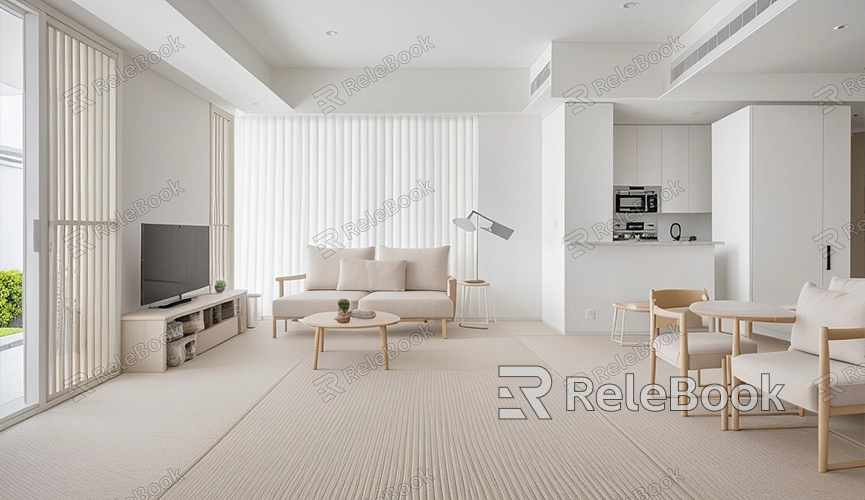Do Procedural Materials Take Longer to Render in Blender?
Blender is a powerful 3D modeling and rendering software widely used in film, animation, and game development. Procedural materials are textures generated based on algorithms, allowing for the creation of complex textures and effects in Blender. So, does using procedural materials increase rendering time? This article will explore this question and provide some optimization suggestions.
What are Procedural Materials?
Procedural materials are textures generated using mathematical formulas and algorithms, rather than relying on pre-drawn images. Such materials offer high adjustability and can easily generate various complex surface effects, such as wood grain, marble patterns, and noise. Procedural materials in Blender are typically created using a node system, combining different nodes to achieve rich visual effects.

Relationship Between Procedural Materials and Rendering Time
The impact of using procedural materials on rendering time depends on several factors:
1. Material Complexity
The complexity of procedural materials directly affects rendering time. Complex materials require more computational resources. For example, a material with many details and multiple layers will take longer to render compared to a simple color fill material. Blender requires more time to calculate the color and lighting effects of each pixel when handling complex materials.
2. Rendering Engine
Blender supports multiple rendering engines, such as Eevee and Cycles. Different rendering engines have varying efficiencies in handling procedural materials. Eevee is a real-time rendering engine suitable for quick previews and simple renders, while Cycles is a physically-based ray tracing engine that provides higher-quality renders but requires more computation time. In Cycles, complex procedural materials may significantly increase rendering time.
3. Hardware Configuration
Your computer's hardware configuration also affects rendering time. High-performance CPUs and GPUs can handle complex material calculations more quickly. If your computer has lower specifications, rendering procedural materials may take longer.
How to Optimize Rendering Time for Procedural Materials?
Although procedural materials may increase rendering time, you can effectively reduce rendering time through optimization methods:
1. Simplify Material Nodes
Try to simplify the structure of material nodes and reduce unnecessary calculations. For example, you can merge multiple similar nodes or use low-cost alternatives. Simplifying node networks not only speeds up rendering but also improves material maintainability.
2. Use Textures Instead of Entirely Procedural Materials
For some complex effects, you can use textures instead of entirely procedural materials. Textures are image files generated before rendering, and rendering only requires reading texture data without complex calculations. This method can significantly reduce rendering time but requires additional storage space.
3. Adjust Rendering Settings
Adjusting rendering settings can also improve efficiency. For example, reducing sample counts and resolution can decrease rendering time. During the testing phase, use lower settings for quick previews and increase settings for high-quality results during final rendering.
4. Utilize GPU Acceleration
If your computer has a powerful GPU, enable GPU acceleration rendering in Blender. GPUs are faster than CPUs in handling parallel computation tasks, especially in processing complex materials and ray tracing. Make sure GPU rendering options are enabled in your Blender settings.
5. Pre-bake Materials
For static scenes, consider pre-baking materials. This means calculating and saving the lighting effects of materials as textures before actual rendering. This way, during final rendering, only pre-baked data needs to be read, without recalculating lighting effects.
Procedural materials may increase rendering time in Blender, especially when the materials are very complex. However, by simplifying material nodes, using textures, adjusting rendering settings, enabling GPU acceleration, and pre-baking materials, you can effectively optimize rendering efficiency. Proper optimization not only reduces rendering time but also improves workflow efficiency.
Hopefully, this article helps you better understand the impact of procedural materials on rendering time and provides practical optimization suggestions. If you encounter any issues while using Blender, consider referring to the methods outlined in this article for adjustments and optimizations. If you need high-quality 3D textures, HDRI, or 3D model downloads for creating models and virtual scenes, you can find them on Relebook. After downloading, simply import the textures and 3D models into your project for use.

